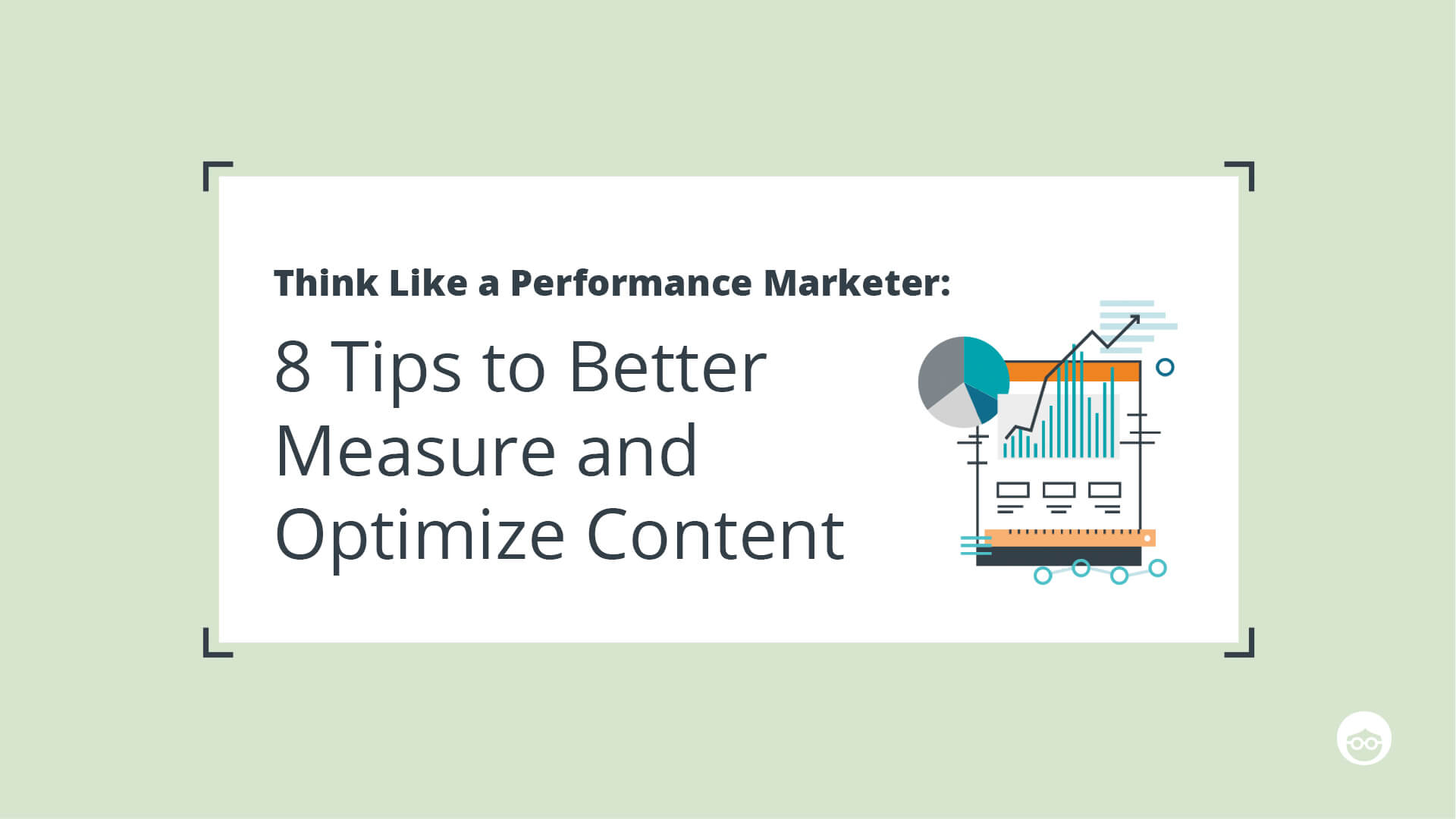Think Like a Performance Marketer: 8 Tips to Better Measure and Optimize Content

As a performance marketer responsible for reaching a specific cost per acquisition (CPA) every month, for me content marketing needs to be very performance-driven. I like to consider this type of content marketing “performance content marketing.”
By “performance content marketing,” I mean approaching the creation and promotion of content from the lens of the action I want the content to drive. These actions can ultimately be traced back to my business goals with clear KPIs that deliver a positive ROI.
The following tips will go a long way to helping you execute performance content marketing using Outbrain Amplify.
1. Use “Content” and “Term” UTM Parameters to Optimize by Publisher
We recently launched a new publisher exclusion feature that enables you to see exactly where your traffic is coming from. Having said that, we still encourage you to use specific UTM parameters on each link so you can match what you see on our platform to Google Analytics.
You’re hopefully already using “medium,” “source,” and “campaign.” If you’re not, get on that ASAP!
The ones you may be less familiar with are “utm_term={{origsrcname}}” and “utm_content={{origpubname}}”. Your full URL string should look something like this:
http://www.yourcontent?utm_medium=inbound&utm_source=outbrain&utm_campaign=your_campaign_name&utm_term={{origsrcname}}&utm_content={{origpubname}}
By using these utms you can track performance and engagement per publisher and source.
2. Optimize for “Soft” Conversions First
In order to optimize your campaign to the right goals you need to be patient… In the first 10 day of launching your campaign I recommend you first implement the conversion pixel to count “soft” events that could predict the likelihood of someone completing your final goal. After you are comfortable with the percentage of people completing the “soft” conversion, move the pixel one step further down the funnel and see if it matches your prediction.
Here are some “soft” actions to consider:
- Scroll down by % of the page
- Time on site by # of seconds
- Page views per session
- Watch a video
- Visit a key page
- Click on a key page element
3. Segment with Strategic Titles
It’s important to use your titles strategically so you only get the clicks you want. For example, the title “iPhone 7 user? 10 easy steps to save your battery,” could lower your click-through rate (CTR), but increase the level of confidence your audience is really relevant once they reach your content. The good thing is that you only pay for clicks in our platform, so basically you should get very targeted users to your content if they’ve decided to read your piece.
Once you have this relevant audience of people who have visited your content you can use remarketing campaigns on Facebook and Google to deliver the next message in the customer journey to nurtured users. What is key to this strategy is that you know you’re reaching the right audience in the first step of the journey. Someone who is not an “iPhone 7 user,” is most likely not going to click on the above title.
You can even build a list of readers who have engaged with one of your earned media pieces! (Ask our support to implement a pixel in order to build your external lists based on Outbrain readers), learn more here.
4. Diversify Your Content with Earned media
People trust recommendations they read on big publisher sites. If you do have good reviews on third-party sites, promote them on the premium publishers in our network. It’s a no brainer. Much to the surprise of many businesses, you can actually succeed with content marketing without publishing a thing. And smart performance marketers always remember that the best earned media is the kind that links back to your site, so you can measure the traffic and conversions it generates.
5. Track the Behavior of Your Readers
Understanding how your audience is engaging with your content is critical to a performance marketing approach. This could involve the use of external tools that will give you more than Google Analytics. CrazyEgg is a great heatmapping tool to see where people stop paying attention. Read how we used heat maps to increase content performance.
6. Create Different Experiences by Device
You must separate your campaigns by device. You’ll find different behaviors… I promise you 🙂 The cost-per-click is not the same, and the time of day that people are consuming your content is not the same as you can see here in our travel content research. If you decide not to create separate campaign, at least make sure your website is responsive so the reader experience does not suffer.
7. Focus One Piece of Content by Campaign
This is important, so listen up. You don’t want a bunch of different content in the same campaign. Use one piece of content for each campaign. Then upload multiple headlines and images for that same piece of content to see which one gets more traction. Not only is it risky to put more than one piece of content in the same campaign, but it’s also much harder to track and optimize the campaign. So be organized, be structured!
8. Engineer the On-page Experience
On top of your campaign performance and ongoing optimizations, the content itself must work hard and serve your needs of getting the reader to take action. In no particular order, here are my recommendations for making your content perform with your Outbrain campaign.
- Avoid unnecessary external links.
- Add in line CTAs to free guides.
- People like to scan, so replace blocks of texts with bullet points.
- Make it human by adding the authors at the top of the post.
- Add social buttons to make your content more engaging & have a chance to get more viral for free.
- Add videos (I know this is a trend, but it works!)
- Consider using pop-up to capture leads, but make sure you’re offering real value (ebook, whitepaper, or a guide.)
- Give real value in the form of an example to clarify your point.
- Cut loading time. This is very crucial. Research says that 25% of users will leave within four seconds if the page doesn’t load. You can use the free Pingdom tool to test your content’s load time. For mobile focused content activities use Google’s tool to check your load time and what elements you can improve on page.
In Review
I hope you’ve found the above tips helpful. Here’s a quick review of the key takeaways for making your performance content marketing with Outbrain a success.
- Use “Content” and “Term” UTM Parameters to Optimize by Publisher
- Optimize towards “Soft” Conversions First
- Segment with Strategic Titles
- Diversify Your Content with Earned media
- Track the Behavior of Your Readers
- Create Different Experiences by Device
- Focus One Piece of Content by Campaign
- Engineer the On-page Experience
Good luck, and let me know how it goes!




